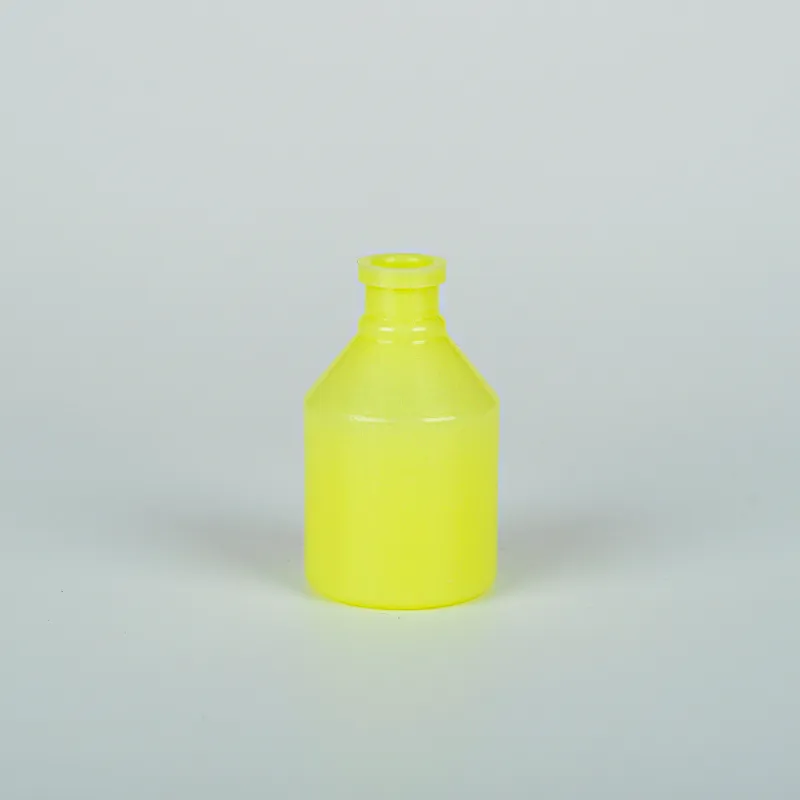sample tube colors
The Fascinating World of Sample Tube Colors
In laboratories around the globe, the use of sample tubes is a common practice for handling various biological, chemical, and environmental specimens. While the practicality and functionality of these tubes are crucial, the colors used to differentiate them may seem purely aesthetic at first glance. However, the array of colors has specific meanings and functions that are essential for efficient laboratory operations.
Sample tubes, often made of plastic or glass, come in various colors depending on their intended use. Each color corresponds to a specific type of test or substance, facilitating quick identification and reducing the risk of cross-contamination. Understanding these color codes is vital for laboratory professionals, ensuring that samples are processed correctly and safely.
One of the most commonly recognized colors is red. Red-top sample tubes are typically used for serum collection. They contain no additives, which allows the blood to clot before it is separated into serum for diagnostic tests. When handling tests that require serum, red tubes are often the go-to choice, providing reliable results for a multitude of analyses.
Another popular tube color is lavender or purple. These tubes usually contain EDTA, an anticoagulant that prevents blood from clotting. The lavender tubes are commonly utilized for hematology tests, including complete blood counts (CBC). The use of EDTA ensures that the cellular components of the blood remain intact, allowing for accurate evaluations of blood health and conditions.
Similarly, blue-top tubes contain sodium citrate, another anticoagulant, and are essential for coagulation studies. These tubes are vital in assessing a patient’s ability to form blood clots and monitor blood-thinning medications. The distinct blue color serves as a visual reminder to laboratory personnel to approach these samples with the specific protocols required for coagulation testing.
sample tube colors

On the other end of the spectrum, green-top tubes are utilized for tests requiring heparin, which is another type of anticoagulant. This color is crucial in chemistry laboratories for various analyses, including blood gas measurements and electrolyte testing. By offering a different color, laboratory staff can quickly discern between anticoagulants and ensure the appropriate tube is used for each sample.
Another noteworthy color is yellow, which can have different meanings depending on the specific industry. In some cases, yellow-top tubes may contain a gel barrier, which aids in the separation of serum from cellular components during centrifugation. In other contexts, yellow tubes are used for tests requiring a specific type of additive for microbial cultures or other specialized analyses.
It’s important to note that while these color codes are widely accepted in many laboratories, there can be variations based on specific practices or regional standards. Therefore, it is always critical for lab personnel to remain updated on the guidelines established by their particular institution or regulatory body.
The significance of sample tube colors extends beyond mere identification; they represent a critical aspect of laboratory safety and accuracy. Process errors due to mistaking one tube for another could lead to incorrect test results, misdiagnosis, or even harm to patients. Thus, the awareness and comprehension of these colors are paramount for all laboratory employees.
In conclusion, the vibrant palette of sample tube colors plays a pivotal role in laboratory settings, contributing to the efficiency and reliability of testing processes. Each color is imbued with purpose, aiding in the quick identification of sample types and minimizing the potential for errors. Whether in a clinical laboratory, research facility, or environmental monitoring lab, understanding these color codes is fundamental for professionals striving to maintain quality and safety in their work. As science continues to evolve, the integral role of sample tube colors will remain a testament to the meticulous nature of laboratory practices.
-
Aesthetic Makeup Spray Bottles | Fine Mist Empty RefillableNewsAug.19,2025
-
White Plastic Veterinary Vaccine Vials | Lab Liquid BottlesNewsAug.18,2025
-
Plastic Medicine Liquid Bottle: Secure Flip Top Drug VialsNewsAug.17,2025
-
Durable 250ml Blue Plastic Vaccine Vial for Lab & Vet UseNewsAug.16,2025
-
Sterile Virus Sample Tubes: Secure & Reliable Specimen CollectionNewsAug.15,2025
-
White 250ml Plastic Vaccine Vial for Lab & Vet MedicineNewsAug.14,2025
























